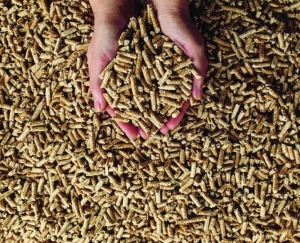Do you know where your wood pellets are coming from?

Do you know where your wood pellets are coming from?
Wood pellets are a versatile, eco-friendly fuel source used worldwide. Their applications range from residential heating to industrial processes, making them a popular choice for reducing reliance on fossil fuels. Importantly, you must understand where is your wood pellets origin!
Common Uses of Wood Pellets
Wood pellets serve multiple purposes, including:
- Replacing coal in electricity generation
- Home heating in stoves and boilers
- Commercial space heating
- Animal bedding
- Animal litter trays
- Industrial heat processes
- Heating commercial buildings
- Barbecues
- Pizza ovens
- Heating public sector buildings, such as hospitals
With such diverse applications, global demand for wood pellets continues to grow.
Not All Wood Pellets Are the Same
Wood pellets vary in color, diameter, and wood species, affecting characteristics like ash content and calorific value. They can be made from waste wood (e.g., pallets and doors), virgin timber, or sawmill residues. The sustainability of a wood pellet depends on its raw material source and manufacturing process. So, always check your wood pellets origin.
Wood Pellets and the Path to Net Zero
Wood pellets play a crucial role in reducing carbon emissions, especially in rural or off-grid areas. They offer a carbon-neutral alternative to imported fossil fuels. Unlike heat pumps, wood pellets generate high heat, making them suitable for existing buildings without requiring costly insulation upgrades.
At Balcas, we prioritize sustainable manufacturing. Our two plants produce wood pellets using local, responsibly managed forests and green energy, further enhancing their carbon-neutral benefits. With our fuel, you’ll know your wood pellets origin.
The Importance of Sustainable Timber Sourcing
Sustainable timber sourcing is essential in the fight against climate change. Responsible sourcing requires replanting trees and minimizing waste. Imported timber often travels long distances, increasing carbon footprints and the risk of cross-contamination.
Preferred by Nature, a global non-profit, assesses timber legality worldwide. Many imported wood pellets originate from high-risk areas with weak sustainability practices. At Balcas, we ensure our pellets meet strict certification and traceability standards, so you receive a high-quality, ethically sourced product.
Where Does Balcas Source Timber?
We source our timber locally from sustainably managed forests in the UK and Ireland. For every tree used, four more are planted, ensuring long-term environmental balance.
Choose Balcas for Sustainable Heating
Switch to wood pellets for a cleaner, greener heating solution. Learn more about our timber sourcing and sustainable manufacturing here.


